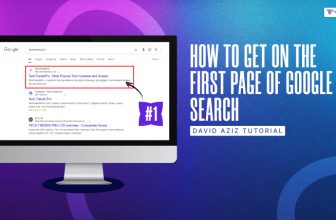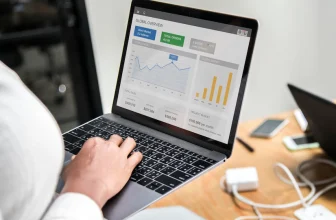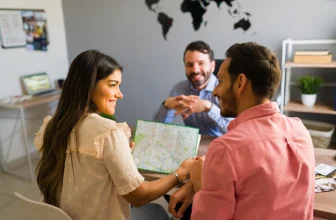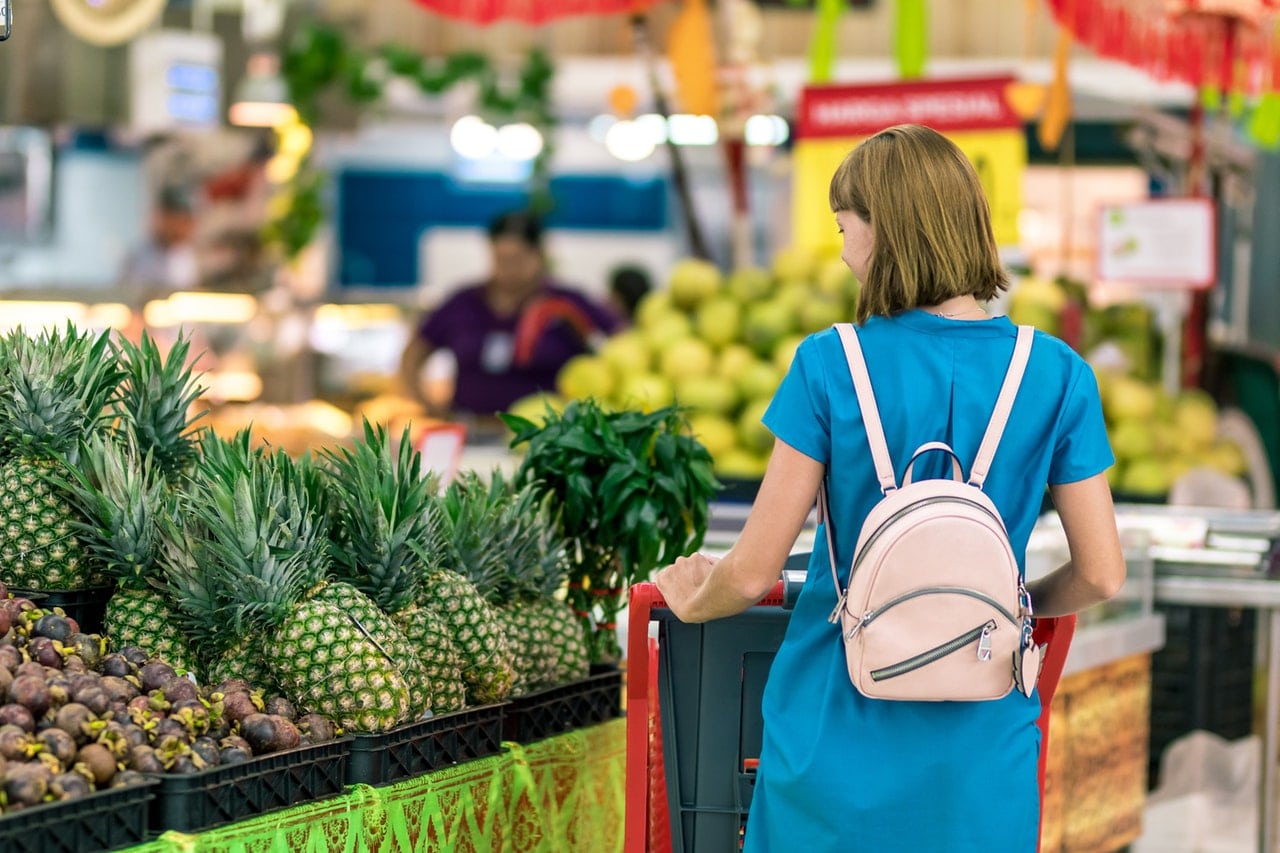
In the day and age of digital supremacy, it’s easy to overlook that offline marketing still has immense value, particularly for driving foot traffic into physical stores.
Though online channels such as SEO, social media, and eCommerce are non-negotiable, brick-and-mortar stores do best when they can draw in and keep actual, in-person shoppers.
For small and medium businesses, integrating traditional with imagination can yield astounding outcomes. One proven way to attract the attention of potential customers and encourage them to visit your store or showroom is to invest in flagpole lighting.
No matter your boutique, restaurant, hardware store, salon, or retail business, this handbook goes in-depth into successful offline strategies for driving foot traffic, enhancing customer interaction, and driving sales.
Why Offline Foot Traffic Matters Anyway
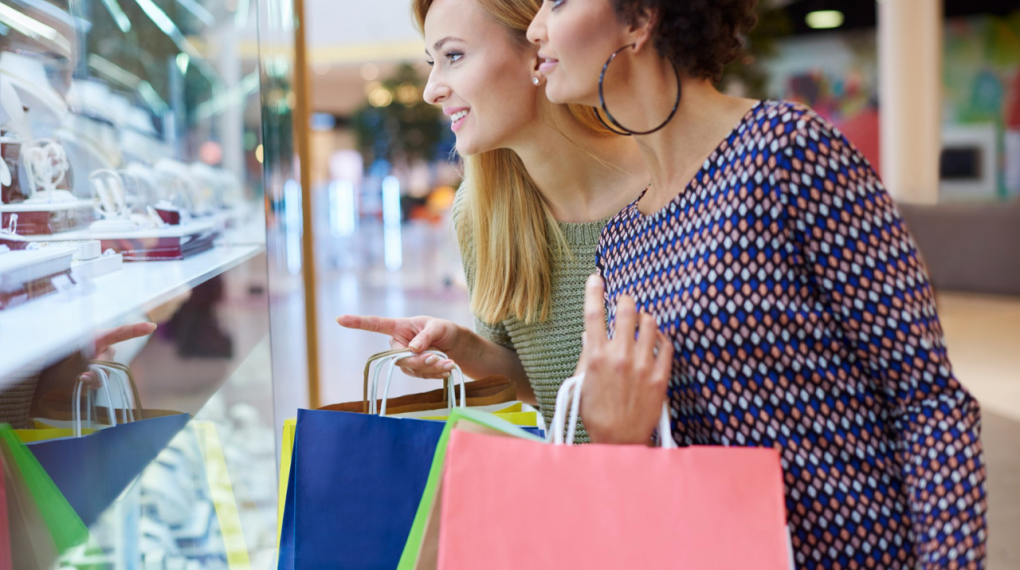
Even with eCommerce on the rise, there are tangible advantages to physical stores:
- Sensory Experience: Consumers want to touch, feel, and try before purchasing.
- Instant Gratification: No shipping wait—customers receive what they want instantly.
- Personalized Service: In-person encounters create deeper customer loyalty.
- Impulse Buying: Real-world settings can facilitate impulse purchases.
- Brand Presence: Your store is a tangible, local landmark and marketing device.
But to take advantage of these rewards, you need to get people through your doors—and that’s where successful offline strategies come into the picture.
1. Eye-Catching Storefront Displays
Your storefront is your first impression. Spend in a visually stimulating, constantly rotating display that stops browsers in their tracks.
Tips:
- Refresh displays with seasonal themes, holidays, or local events.
- Showcase best-sellers, special promotions, or distinctive products.
- Employ lighting, signage, and color psychology to divert attention.
- Utilize motion, such as small water features, fans, or digital displays to halt foot traffic.
A fantastic display isn’t simply about highlighting products—it’s a narrative that gets people curious enough to come in.
2. Host In-Store Events & Experiences
Events provide people with a reason to come other than shopping.
Ideas are:
- Product demos or live tastings
- Workshops (e.g., DIY, makeup tutorials, cooking classes)
- Launch parties for fresh collections
- Live music, art exhibitions, or local performances
- Holiday-themed events (e.g., Easter egg hunts, Santa photo opportunities)
Use the event to get shoppers to shop and buy—provide special promotions or freebies to drive conversions.
3. Provide In-Store-Only Deals
Get customers to come visit your store by offering them something they cannot find online.
Examples:
- Flash sales
- Buy One Get One (BOGO)
- In-store purchase-free samples
- Sign-ups for a loyalty program require a visit
- Mystery discount scratch cards were distributed nearby
Make your store a treasure hunt—customers won’t be able to resist.
4. Strategically Use Traditional Print Marketing
Don’t discount the effectiveness of flyers, brochures, direct mail, and posters. They’re affordable and tangible—more memorable because of it.
How To Make Print Materials Shine:
- Add a strong call-to-action (e.g., “Bring this flyer for 15% off”).
- Target neighborhoods or business parks.
- Place in coffee shops, libraries, gyms, and community centers.
- Partner with local magazines or newspapers for coupons and articles.
Bonus Tip: Utilize QR codes that link to a landing page or offer to measure effectiveness.
5. Partner With Local Businesses
Join forces with complementary non-competing businesses within your neighborhood to cross-promote each other’s traffic.
Examples:
- A coffee shop and a bookstore cross-promoting events
- A health food store and a gym offering package promotions
- Joint loyalty punch cards: Get rewarded for visiting both stores
Referral networks and combo offers assist in leveraging existing customer groups.
6. Street Teams & Guerrilla Marketing
Give your brand a human touch by deploying street teams to deliver flyers, coupons, or samples in busy locations.
Guerrilla Tactics to Try:
- Branded chalk painting or stenciled messages on the sidewalk
- Pop-up stands at farmers’ markets or festivals
- Mini-performances or flash mobs that culminate with an offer
- Free items are distributed at local transit stations, schools, or office campuses
These strategies amaze and remember, and they remain in people’s minds.
7. Signage & Wayfinding Improvements
Lots of stores miss out on consumers just because they are difficult to locate or appear closed when they are actually open.
What to do:
- Employ A-frame signs on the pavement
- Install banners or hanging signs off awnings
- Post visible business hours (particularly if late or weekend hours)
- Generate directional signs from surrounding intersections or lots
- Employ neon “Open” signs or lighted window displays
In case your store is concealed or off the beaten path, signs are essential.
8. Capitalize On Local Partnerships And Sponsorships
Establish brand visibility through community participation.
Opportunities Include:
- Sponsor a local school event or sports team
- Contribute products or services to charity auctions
- Have a table or booth at street fairs, expos, or markets
- Team up with real estate agents to offer store deals in welcome packages
Community relationships result in trust and word-of-mouth referrals.
9. Encourage Word Of Mouth & Referrals
Individuals rely on word-of-mouth referrals more than on advertising.
How To Grow Referrals:
- Give “Bring a Friend” discounts
- Give small thank-you gifts for referrals
- Encourage satisfied customers to leave a review or refer someone
- Distribute business cards with incentives printed on them
Word-of-mouth, when consciously cultivated, is a predictable channel.
10. Invest In Store Ambience & Service
At times, the most effective means to drive foot traffic is to make each visitor a raving fan.
Consider:
- Spick-and-span layout and pleasant aromas
- Spacious seating areas
- Music in the background is suitable for your brand
- Happy, knowledgeable staff who build memory-making experiences
When customers enjoy spending time in your store, they’ll share their experiences with others and come back repeatedly.
11. Leverage Local Media & Radio
Local radio, public access TV, and regional magazines still reach tens of thousands of listeners and readers each week.
What You Can Do:
- Advertise on local radio stations during rush hours
- Offer a story to local reporters (e.g., a grand opening or fund-raising campaign)
- Sponsor a radio contest hosted by your company
- Guest on community talk shows or podcasts
It’s all about appearing in all the places your audience is already congregating.
12. Loyalty Cards & Punch Programs
Recall that business owners are more profitable than one-time shoppers. Create habits by rewarding loyalty.
Ideas:
- Provide a buy 9, get 1 free punch card
- Grant early access or VIP days to cardholders
- Develop tiered loyalty levels that reward greater benefits over time
Make it tangible—many want a card in their wallet versus an app.
Measuring Offline Foot Traffic Success
To see what’s working, apply these methods:
| Method | How It Helps |
| Coupon codes attached to individual flyers or events | Tracks what promo brought in visitors |
| Asking the customers “How did you hear about us?” | Straightforward and simple |
| Physical guestbook or email sign-up | Invites repeat visits |
| Google My Business Insights | Indicates map searches and call clicks |
| Foot Traffic Counters (manual or digital) | Records daily or weekly customers |
Utilize the information to make your efforts more effective, emphasizing more of what already works.
Conclusion
With a crowded marketplace, foot traffic is crucial to any physical business. Though online efforts are important, offline actions—when utilized with intelligence and consideration—can build durable memories, deeper community ties, and ultimately, increased in-store sales.
By integrating strategic signage, word-of-mouth rewards, community outreach, and engaging in-store experiences, you can turn your storefront into a magnet for new and repeat customers.
Read Also:



